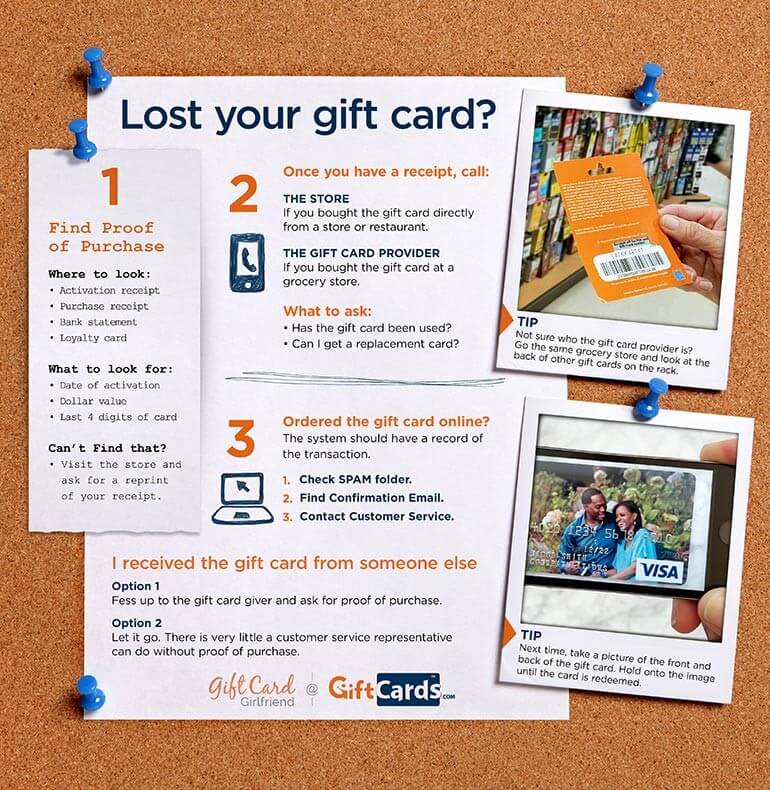Although they might seem similar, engraving and engraving vary in their techniques and outcomes. Recognizing these procedures is very important for any type of company looking to tailor glass items.
Laser etching usages focused warmth to melt the mini surface area of your product, producing recessed markings that resist damages and can be checked out under severe problems. It's perfect for things that require to be deducible, like commercial parts.
Aesthetic appeals
Etching and etching both produce resilient, responsive styles that stand apart on the glass surface. They are ideal for tasks that call for an improved, sophisticated appearance.
Laser etching can be utilized to etch glass, yet it calls for a safety coating or shield to avoid warm damages to the glass. A specialized spray or finish is readily available for this objective and can be put on slim glass to reduce splitting or damages during the inscribing procedure.
It's additionally possible to engrave glass by hand utilizing a rotary tool. This strategy is taxing and labor-intensive, but it can produce high-quality results when carried out properly. Make sure to put on safety and security equipment like goggles and a respirator mask to protect yourself from dirt and particles. You can begin by attracting your style on the glass with a pen, after that put the rotary tool and gradually follow your layout to engrave it right into the glass. After the engraving is complete, delicately get rid of any kind of continuing to be dirt or deposit.
Adaptability
The etching process provides a vast array of applications for glass items. It is extremely versatile and can be used on different products and densities of glass. It is also really exact and generates comprehensive, high-contrast layouts on the glass surface area. It can be made use of on both flat and bent surfaces.
Glass engraving is a preferred choice for glass items like bottle, architectural dividings, and medical spa style. It produces a soft and refined design that is not as visible as etching, making it a superb option for ambient appearances.
To reduce warm stress and anxiety on thin glass, apply a safety material like concealing tape or a damp paper towel to the surface area prior to laser engraving. This takes in and spreads laser energy to minimize local heating and stop splitting. Alternatively, finishing the glass with a light detergent or dishwashing soap can likewise be a reliable pre-coating. Simply remember to cover only the laser-contacting face of the glass with these moisture-absorbing pre-treatments.
Longevity
Laser glass engraving creates deep, long-term markings that are durable and aesthetically striking. It's ideal for artistic or light industrial functions that call for a polished look. Engraving needs exact and regulated handling of the glass to stop heat damage and breaking. Thin or delicate glass can be more at risk to the high-contrast impacts of laser engraving, making it crucial to check the procedure very closely for signs of overheating and breaking.
Etching uses a diamond-tipped device to cut into the surface area of the glass, developing a distinctive mark that's much less aesthetically striking than laser etching. It's an usual selection for applications where a frozen effect is preferred, such as Valentine's Day glass gift decorative glass windows and customized presents. Like laser engraving, etching is highly accurate and excellent for logo designs and various other comprehensive imagery. Evergreen Glass makes use of modern laser devices adjusted for ideal performance to achieve etching and engraving with exceptional accuracy. For included assurance, our makers feature integrated safety functions that make certain safe operation.
Price
Glass etching involves using chemical options to create a design. While this method is not as specific and efficient as laser etching, it is still an excellent choice for artisanal glasswork, which can be an excellent way to raise a special celebration gift or commemorative piece.
For the very best outcomes, it is important to check an example item of glass before applying any type of etching lotions. Different sorts of glass may react in different ways to the chemicals. Some will certainly etch extremely promptly while others could take a lot longer. In many cases, a piece of glass may also fall short to etch in any way!
Laser inscribing involves making use of a computer-guided system, commonly described as a CNC (Computer Numerical Control) device, to route a focused laser beam at the surface of the glass. This procedure requires a high-level of technological ability and creativity. It is an effective way to etch detailed patterns on large tasks with high degrees of precision.
